Eight current and former staffers at the U.S. Education Department have expressed concern about a recent Supreme Court ruling. The group fears that the department will be severely restricted in regulating and supporting 12 schools and colleges.
Previously, the department was about to intervene in extreme scenarios where students needed special protections or exceptions. However, a new Supreme Court decision will severely restrict the ability to make difficult decisions.
The Ability to Intervene in Difficult Situations
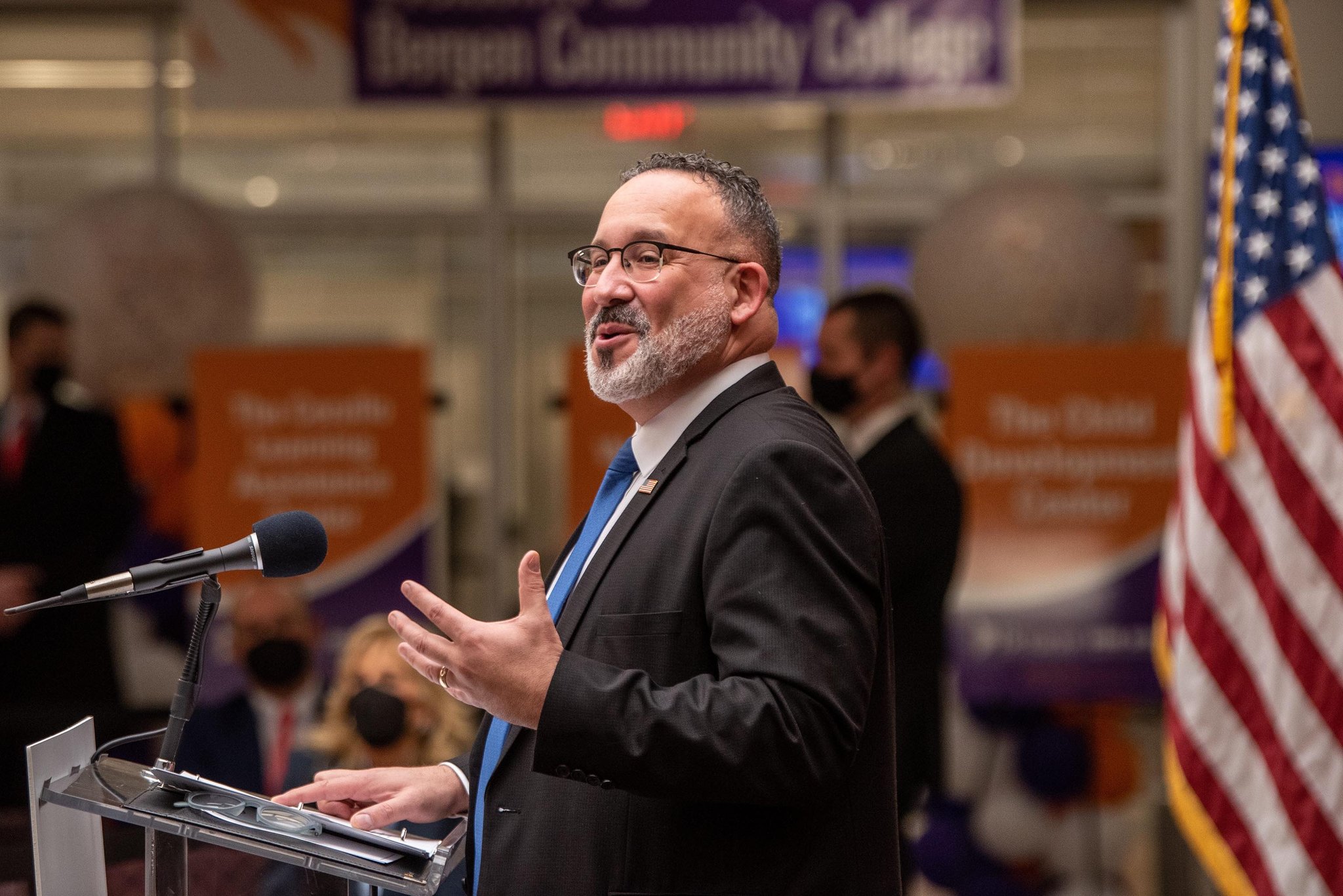
The U.S. Department of Education has had the legal authorization to intervene in difficult scenarios for years. Working collaboratively with schools, the department can create new legislation or pass down individual rulings to help real people.
Some of the situations that they have helped are students who have been the victim of homophobic attacks on college campuses, students being changed automatically for textbooks, and crippling debt from predatory lending institutions.
U.S. Department of Education Staffers Are Upset By the Ruling

Five former and three current Education Department staff members have issued a letter opposing the Supreme Court’s recent rule change.
The group fears that the ruling sets a dangerous precedent for their department to achieve positive outcomes in the face of challenges. Amy Laitinen, a former senior policy advisor on higher education at the White House, said, “I don’t think there’s any doubt that it will be bad for students and taxpayers.”
Who Decides Education Policy?

Currently, the policies enacted in public and private education institutions are decided by state and local governments.
However, Congress can be slow to enact big changes like protections for LGBTQ+ students, keeping the cost of textbooks down, and changing the issues faced by student loan debt. All of these issues can be easily circumvented with the authority that the Education Department holds-until now.
Role of the Department
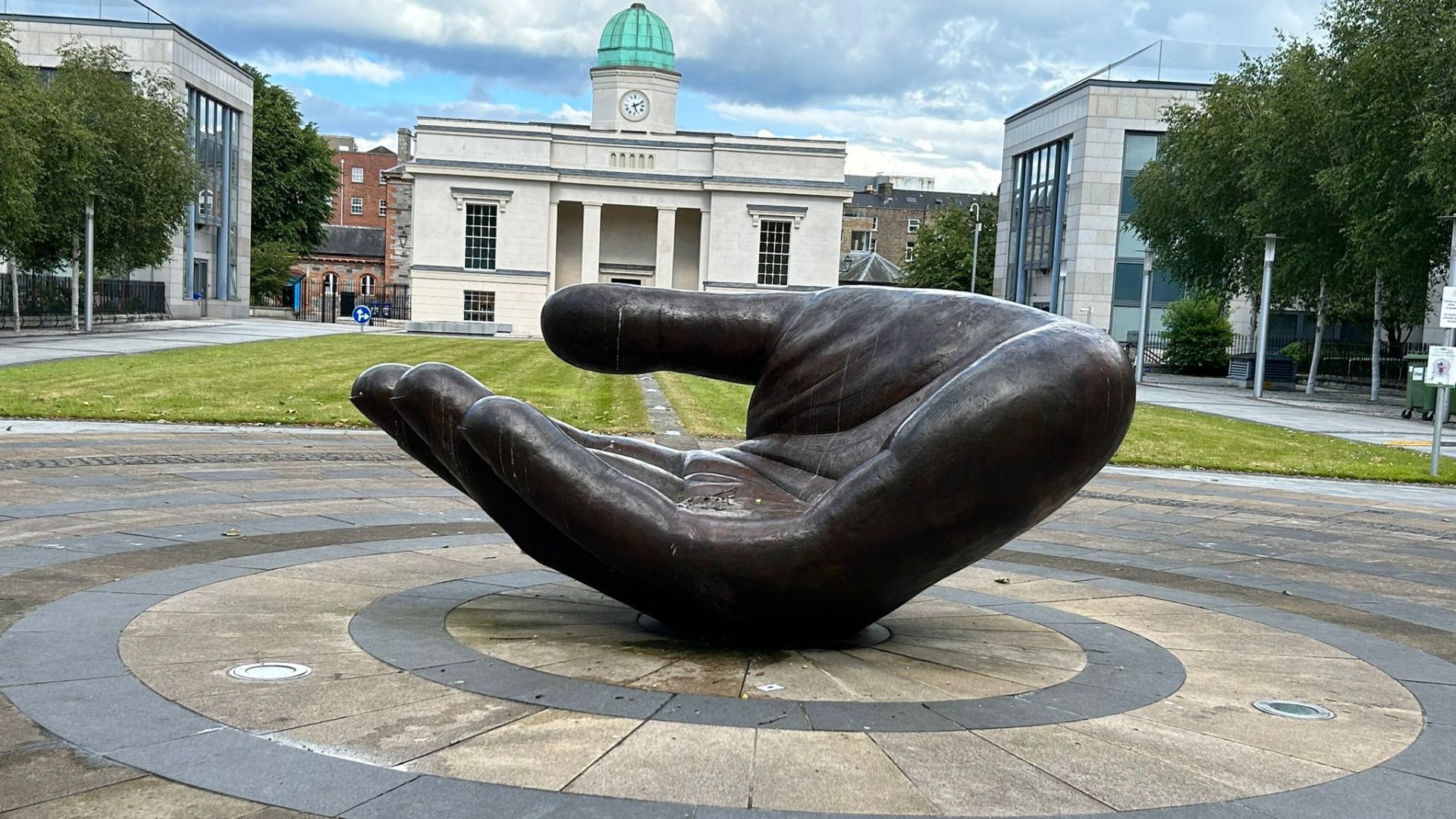
The Department of Education currently handles almost $2 trillion in federal student loan debt and helps to protect students and teachers from discrimination based on sexual orientation, faith, race, and gender.
During both the Obama and Biden administrations, the department was able to make some headway to shut down some predatory student loan lenders and make huge decisions regarding racial and sexual protections in colleges.
Authority May Be in Jeopardy
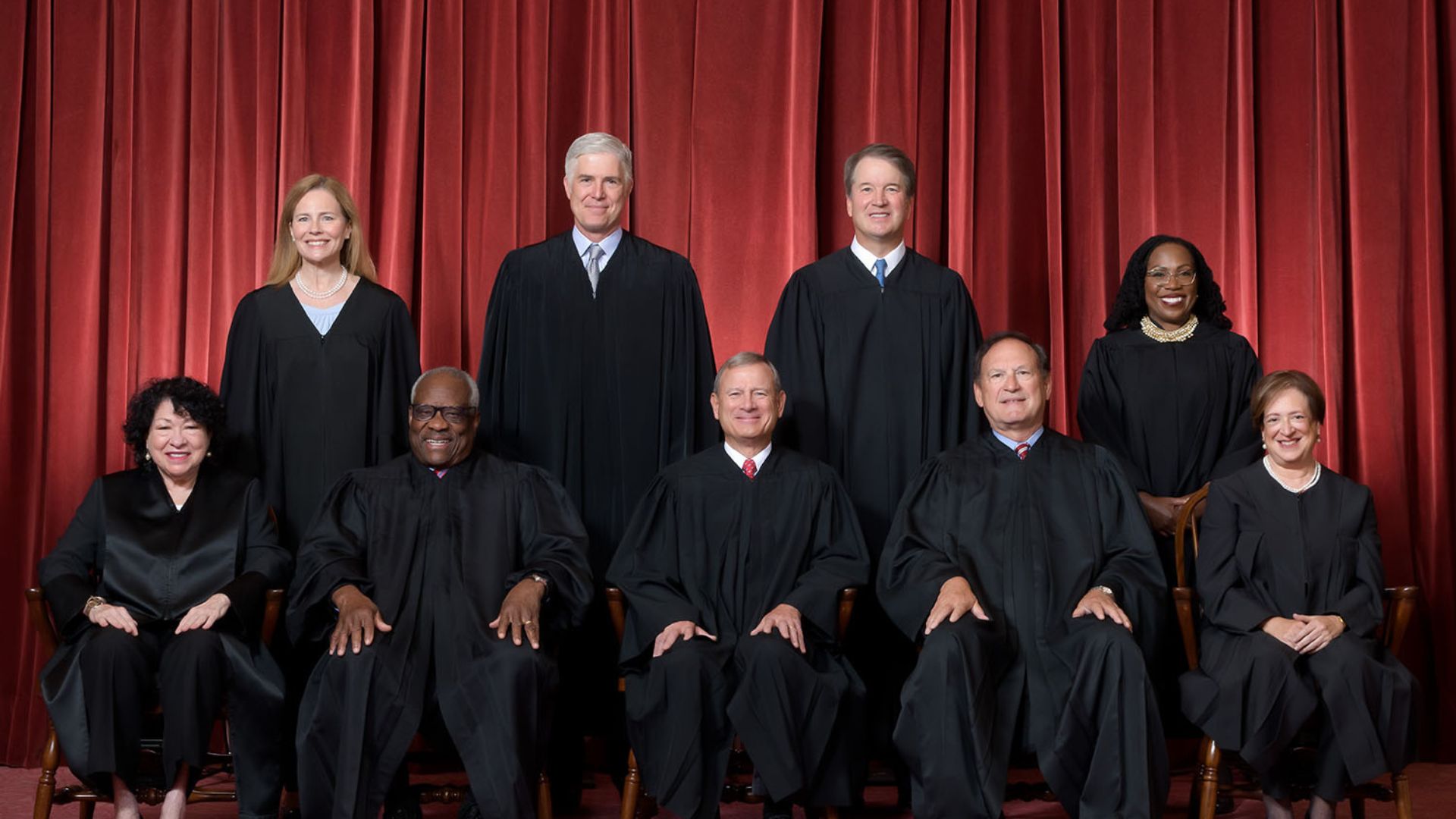
On June 28, the Supreme Court made a surprising decision on Loper Bright Enterprises v. Raimondo.
The panel of justices sits at 6-3 leaning conservative and usually votes with their selected party. This time, they haven’t fought against the grain, and the Republican-controlled court struck down a 40-year-old precedent called the “Chevron deference.” The Chevron deference was a standard set in 1984 and allowed federal agencies to clarify ambiguous laws passed by Congress. In the case with the Department of Eduction, they were able to make real change for students based on the often ambiguous terminology passed in laws.
Attacks On Education Policies
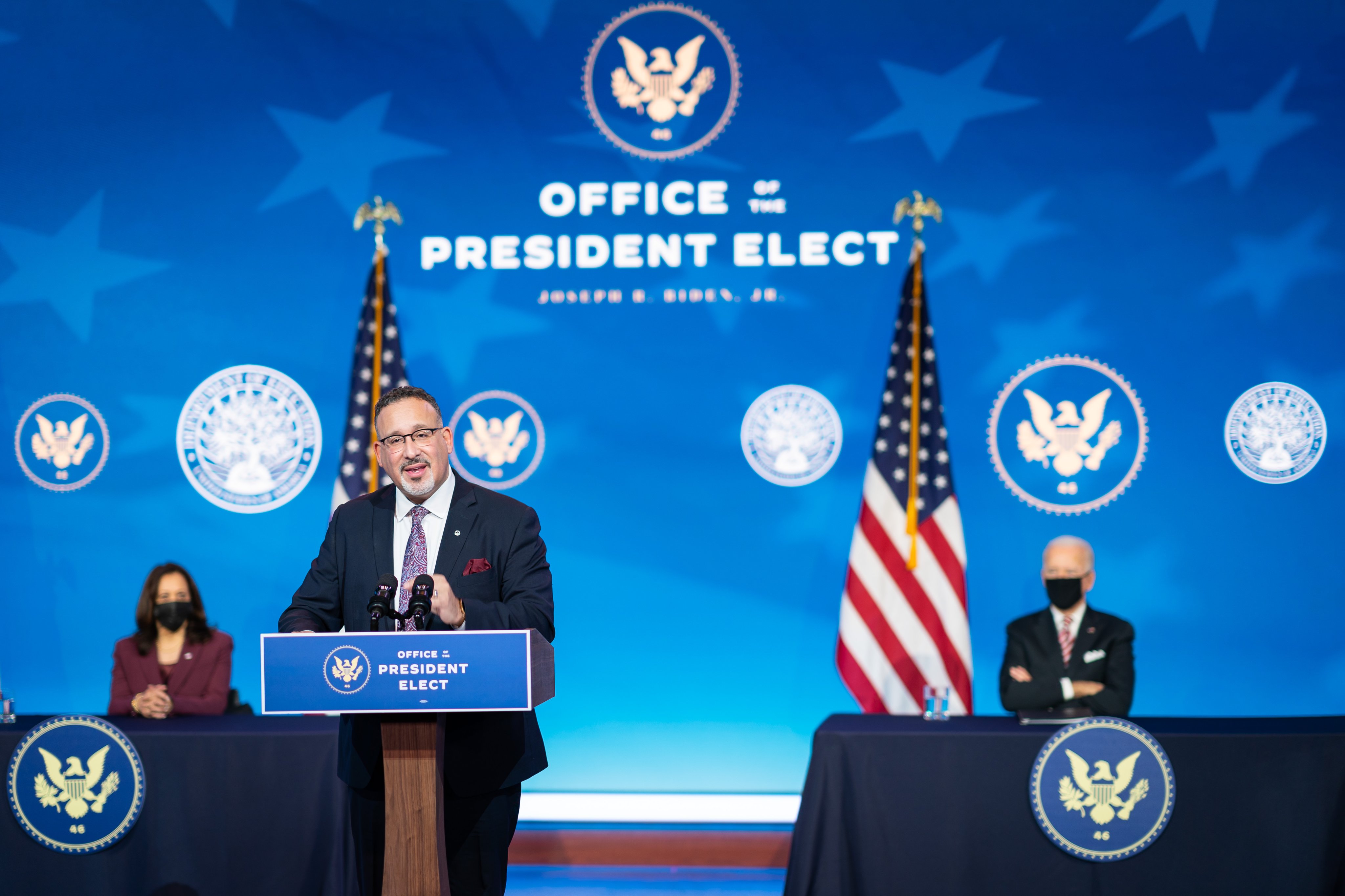
Now, the department might lose some of its ability to address real-life problems through self-regulation.
In addition to the new Supreme Court ruling, several lower courts have passed key policies affecting the department, including rules that will affect student loan holders and sexual assault survivors.
How the Ruling Will Affect Schools

The ruling will affect schools based on how judges handle legal challenges in their courts moving forward.
The National Education Association, the largest union for educators, says that the ruling will mean that students and schools will pay the price for semantic changes in federal oversight.
Protections for LGBTQ+ Students Threatened

One specific issue that the department thinks it will face after the ruling is the ability to add special protections for LGBTQ+ students on high school and college campuses.
While some cases can be dismissed by courts, the department can step in to grant new guidance based on attacks and assaults. One of the actions that the department has been involved with is moving students to different dorm buildings if they experience violence.
Student Debt Relief in Peril

Student debt relief from predatory student loans that cause many adults to fail at handling their finances is another main focal point of the department.
Since President Joe Biden took office, he has ensured that more than $160 billion in loans for five million Americans got wave through two major student loan repayment programs.
Biden Is Sticking To His Promises
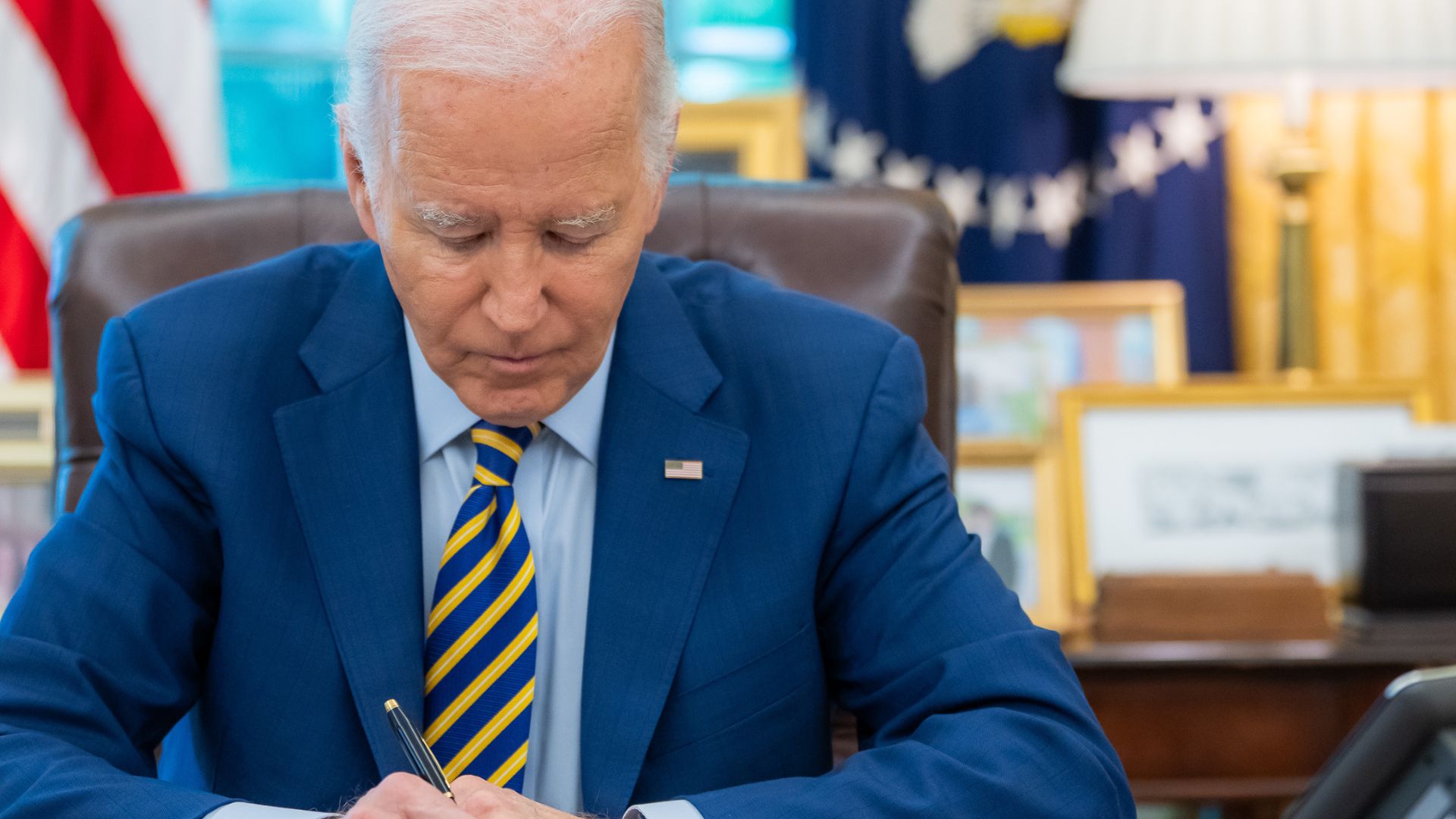
At a White House press conference, Biden declared that the “fight is not over” regarding another Supreme Court decision that struck down his ambitious plan to provide $400 billion in debt relief.
The program would have helped tens of millions of Americans and could have infused billions into the economy and created a better life for so many former students growing in high-interest loans they took out at a young age.
For-Profit Groups Celebrate the Change
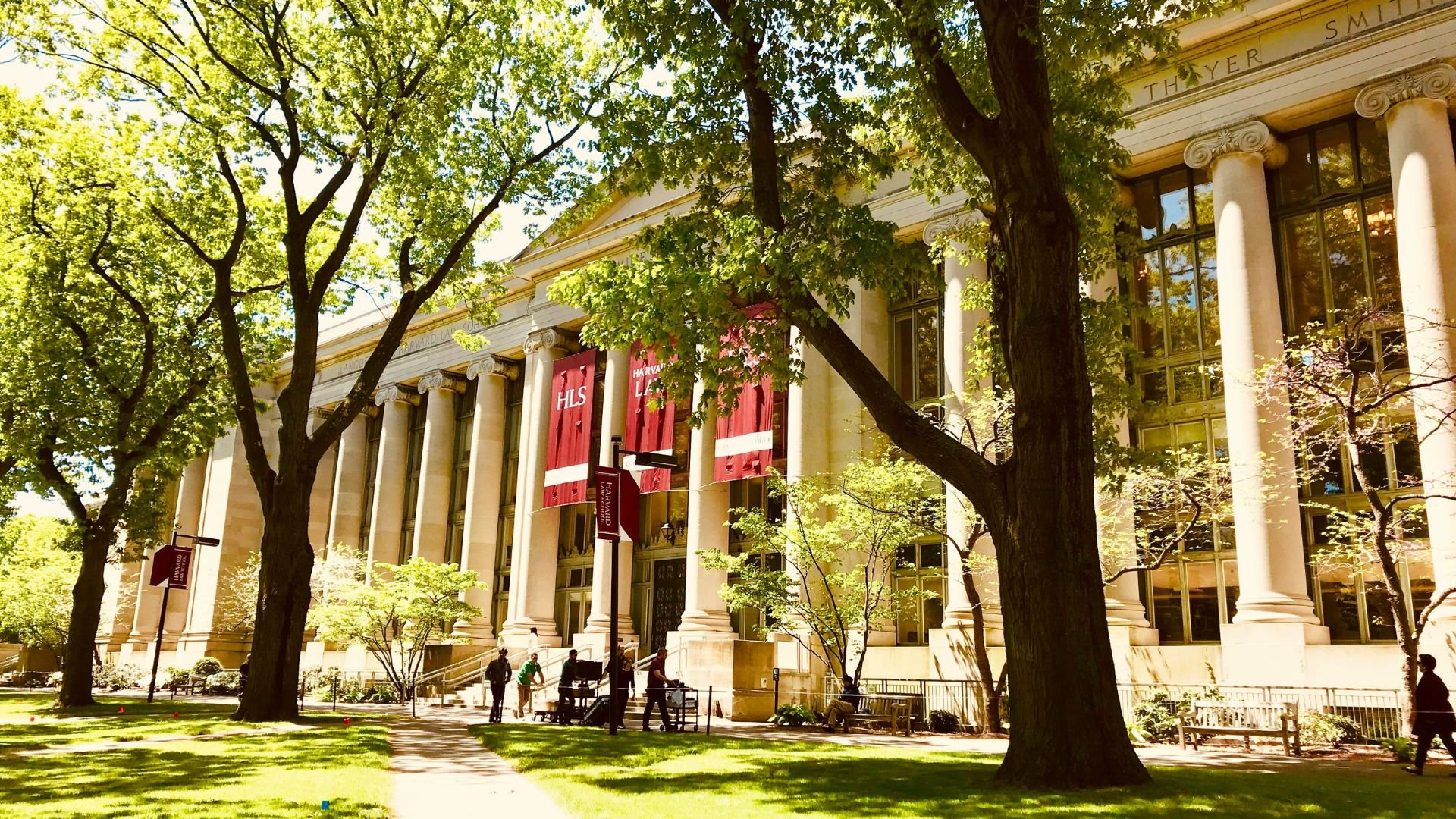
Some of the groups celebrating the new Supreme Court ruling are conservatives and for-profit education groups. Many Republicans think that the department has down too much with unfettered power.
However, many students see the need for the department to step in and make powerful choices. For instance, the department helped one student who was charged for a $50 textbook without her consent. Without such help, many colleges and private institutions will be able to make their own policies regardless of how predatory or hurtful to real students.








































